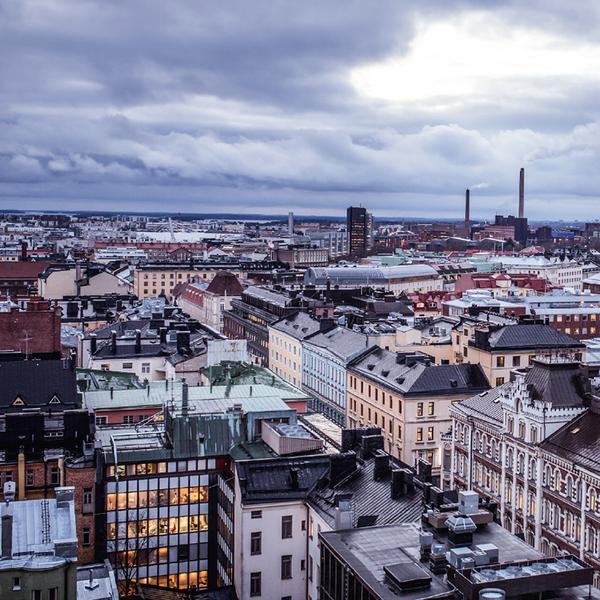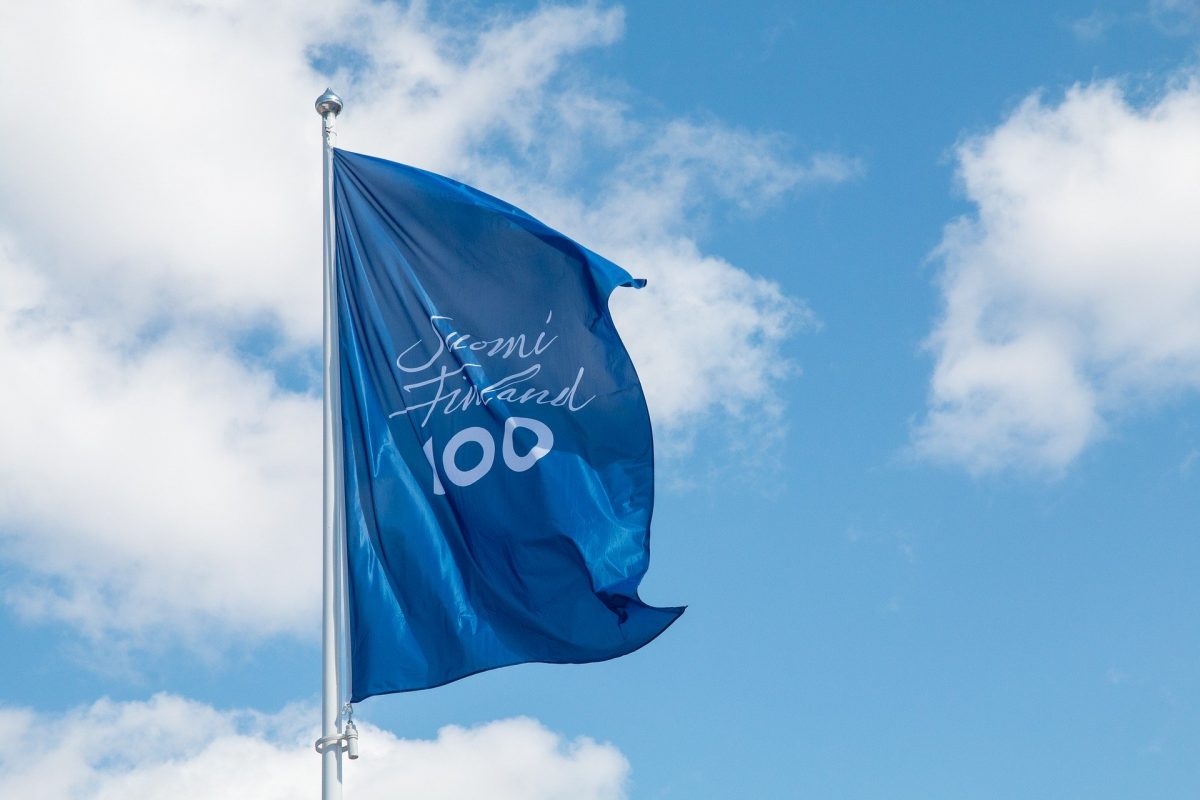From Rococo to Realism
Profane art (or secular art) had its hesitant origin in Finland in the 18th century Isak Wacklin’s rococo portraits and in Nils Schillmark’s paintings, which employed the Neoclassical idiom. Elias Martin’s landscape paintings documenting the fortification of Viapori represent a unique curiosity from the same period. At the turn of the nineteenth century, Finnish artists absorbed influences from the […]









